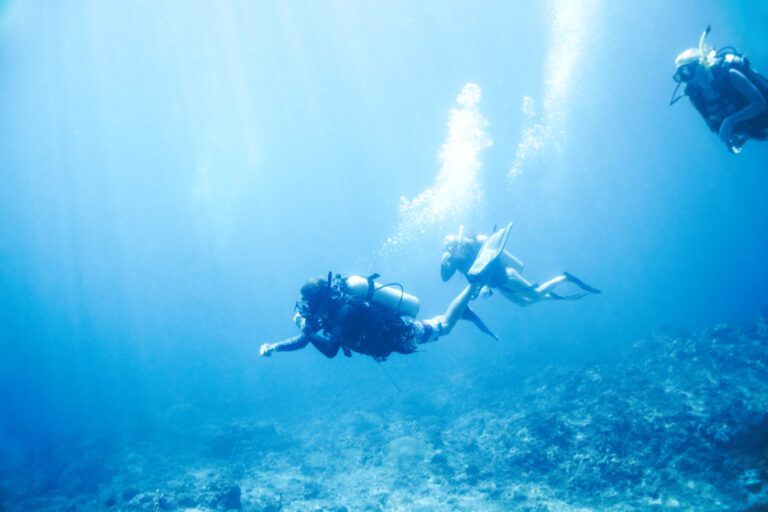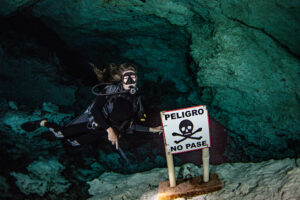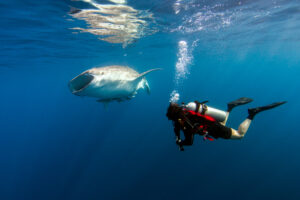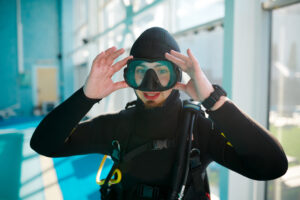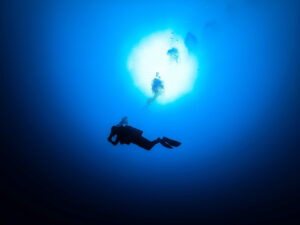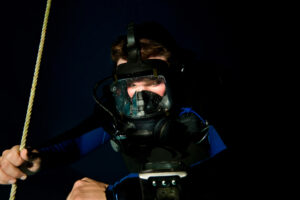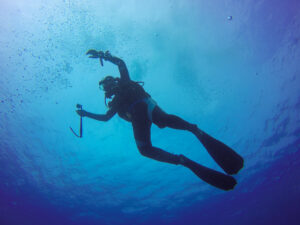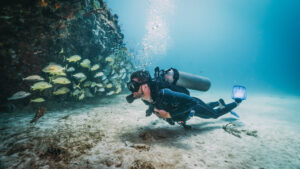What is Decompression Illness?
Decompression illness (DI) is a significant condition that affects scuba divers and can have serious health implications if not properly managed. It encompasses a range of ailments resulting from changes in pressure, particularly during ascent after a dive. Understanding decompression illness is crucial for divers, as it helps in preventing, recognizing, and treating this potentially life-threatening condition. This article will cover the physiology, types, causes, risk factors, prevention strategies, diagnosis, treatment, and implications of decompression illness.
Understanding Decompression Illness
Decompression illness, often abbreviated as DI, refers to a condition that occurs when gas bubbles form in the tissues and bloodstream due to rapid changes in pressure. This primarily happens during the ascent phase of a dive when the pressure decreases, causing dissolved gases, primarily nitrogen, to come out of solution and form bubbles. The two primary forms of decompression illness are decompression sickness (DCS) and arterial gas embolism (AGE).
Decompression sickness, commonly known as “the bends,” occurs when nitrogen bubbles form in the tissues. These bubbles can cause various symptoms ranging from joint pain and dizziness to paralysis and, in severe cases, death. The severity of DCS can vary, but it often requires immediate medical attention to prevent long-term damage.
Arterial gas embolism occurs when gas bubbles enter the arterial circulation. This can happen if a diver holds their breath during ascent, causing the lungs to overexpand and force bubbles into the bloodstream. AGE is a critical condition that can result in immediate symptoms such as unconsciousness, confusion, and even stroke-like symptoms. Both forms of DI are serious and require prompt recognition and treatment to mitigate their effects.
Types of Decompression Illness
Decompression sickness (DCS) is divided into two types: Type I and Type II. Type I DCS is considered less severe and primarily affects the musculoskeletal system and skin. Common symptoms include joint pain, often referred to as “the bends,” and skin rashes. This type of DCS can be extremely painful but is generally not life-threatening if treated promptly.
Type II DCS is more severe and can affect the central nervous system, lungs, and other vital organs. Symptoms may include numbness, paralysis, difficulty breathing, and impaired mental function. Type II DCS can lead to long-term disabilities and can be fatal if not treated immediately.
Arterial gas embolism (AGE) is another critical type of decompression illness. AGE occurs when gas bubbles enter the bloodstream and travel to the arteries, potentially blocking blood flow to vital organs such as the brain. Symptoms of AGE can manifest rapidly and include sudden unconsciousness, confusion, chest pain, and stroke-like symptoms. AGE requires urgent medical intervention, typically involving recompression therapy to reduce the size of the bubbles and restore normal blood flow.
Understanding the differences between DCS and AGE is essential for divers and medical professionals alike. Both conditions share similarities but require different approaches to treatment and prevention.
Causes and Risk Factors
The primary cause of decompression illness is the formation of gas bubbles due to rapid pressure changes. Several factors can influence the likelihood of developing DI, including the rate of ascent, depth and duration of the dive, repetitive dives, and individual susceptibility.
A rapid ascent is one of the most common causes of DI. When a diver ascends too quickly, the pressure decreases rapidly, causing dissolved gases to form bubbles. Adhering to recommended ascent rates and performing safety stops can significantly reduce this risk.
Depth and duration of the dive also play a critical role. The deeper and longer a dive, the more nitrogen is absorbed into the tissues. This increases the risk of bubble formation during ascent. Divers must use dive tables or dive computers to plan their dives within safe limits to avoid exceeding no-decompression limits.
Repetitive dives without adequate surface intervals can also increase the risk of DI. Residual nitrogen from previous dives can accumulate, leading to higher levels of dissolved gases in the tissues. Proper dive planning and adherence to surface intervals are essential to mitigate this risk.
Individual susceptibility varies among divers and can be influenced by factors such as age, body composition, fitness level, and hydration status. Divers who are older, overweight, or out of shape may have a higher risk of developing DI. Staying hydrated and maintaining good physical fitness can help reduce this risk.
Environmental conditions, such as cold water and strenuous activities during the dive, can also contribute to the risk of DI. Cold water can cause peripheral vasoconstriction, leading to increased nitrogen absorption. Strenuous activities can increase the production of microbubbles, which can coalesce into larger bubbles during ascent.
Prevention Strategies
Preventing decompression illness begins with thorough dive planning and adherence to established safety protocols. Using dive tables or dive computers to plan dives and monitor depth and time limits is crucial. Divers should always stay within the recommended no-decompression limits and avoid rapid ascents.
Pre-dive health assessments and fitness considerations are essential for preventing DI. Divers should ensure they are in good health and physically fit before diving. Conditions such as obesity, dehydration, and cardiovascular issues can increase the risk of DI. Staying well-hydrated and maintaining a healthy lifestyle can help reduce this risk.
Safe ascent techniques, including the use of safety stops, are vital for preventing DI. A safety stop at 5 meters (16.4 feet) for three to five minutes allows excess nitrogen to be expelled from the body before surfacing. Slow and controlled ascents, ideally at a rate of no more than 9 meters (30 feet) per minute, are recommended.
Proper buoyancy control is also crucial for preventing rapid ascents. Divers should practice buoyancy skills to maintain a steady ascent rate and avoid accidental buoyant ascents. Regular equipment maintenance and checks are essential to ensure that buoyancy control devices are functioning correctly.
Divers should also be aware of the risks associated with repetitive dives. Planning adequate surface intervals between dives allows residual nitrogen to be eliminated from the body. Using dive computers with integrated nitrogen tracking can help divers manage their nitrogen levels and plan safe repetitive dives.
Diagnosis and Treatment
Early recognition of decompression illness symptoms is crucial for effective treatment. Symptoms can range from mild joint pain and fatigue to severe neurological and respiratory distress. Divers should be trained to recognize these symptoms and respond appropriately.
First aid responses for suspected DI include administering 100% oxygen and ensuring the diver is kept warm and hydrated. Immediate medical evaluation is necessary to confirm the diagnosis and determine the appropriate treatment. Hyperbaric oxygen therapy (HBOT) is the primary treatment for DI and involves placing the diver in a hyperbaric chamber where they breathe pure oxygen at increased pressure. This helps reduce the size of gas bubbles and enhances the elimination of nitrogen from the body.
The roles of healthcare professionals in managing DI are critical. Divers suspected of having DI should be evaluated by medical personnel experienced in hyperbaric medicine. They will conduct a thorough assessment, including a history of the dive profile and symptoms, and may use diagnostic tools such as Doppler ultrasound to detect bubbles in the bloodstream.
Hyperbaric oxygen therapy is often administered in a series of treatments, depending on the severity of the condition. Divers may require multiple sessions to achieve full recovery. In addition to HBOT, supportive care such as intravenous fluids and medications to manage symptoms may be necessary.
Follow-up care is essential to monitor the diver’s recovery and address any long-term effects of DI. Divers who have experienced DI should undergo a thorough medical evaluation before returning to diving to ensure they are fit to dive.
Implications for Divers
Decompression illness has significant implications for divers, both in terms of immediate health and long-term consequences. Divers who have experienced DI may face long-term health issues such as joint pain, neurological deficits, and chronic fatigue. These conditions can impact their ability to continue diving and may require ongoing medical care.
Legal and insurance considerations are also important for divers. Many dive insurance policies cover treatment for DI, but divers should be aware of the coverage limits and exclusions. Divers should also be familiar with the legal responsibilities of dive operators and the standards of care expected in the industry.
DI has a profound impact on diving practices and training. Dive training programs emphasize the importance of safe ascent rates, the use of dive computers, and adherence to safety stops. Divers are taught to recognize the symptoms of DI and respond appropriately. Continuous education and training help ensure that divers are aware of the risks and know how to minimize them.
The diving community plays a crucial role in promoting safety and preventing DI. Dive organizations, clubs, and operators should foster a culture of safety and provide ongoing education to their members. Sharing experiences and knowledge about DI can help prevent future incidents and improve outcomes for divers.
Key Takeaways
Decompression illness is a serious condition that requires careful prevention, early recognition, and prompt treatment. Understanding the causes, types, risk factors, and implications of DI is essential for all divers. By following safe diving practices, staying fit and healthy, and being prepared to respond to symptoms, divers can significantly reduce the risk of decompression illness and ensure a safer diving experience.

